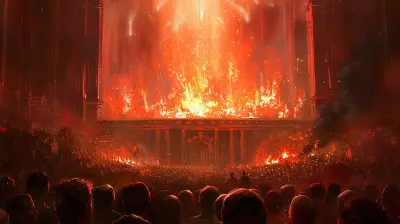The Evolution of Graphics in PC Games
20 June 2025
Video games have come a long way, haven't they? If you’ve been gaming for a while, you’ve probably noticed how much PC game graphics have evolved over the years. From pixelated dots on a black screen to hyper-realistic visuals that feel straight out of a movie, the journey has been nothing short of extraordinary. But let’s take a step back and really dig into how we got here. Buckle up, because this journey through time is going to be a fun one!
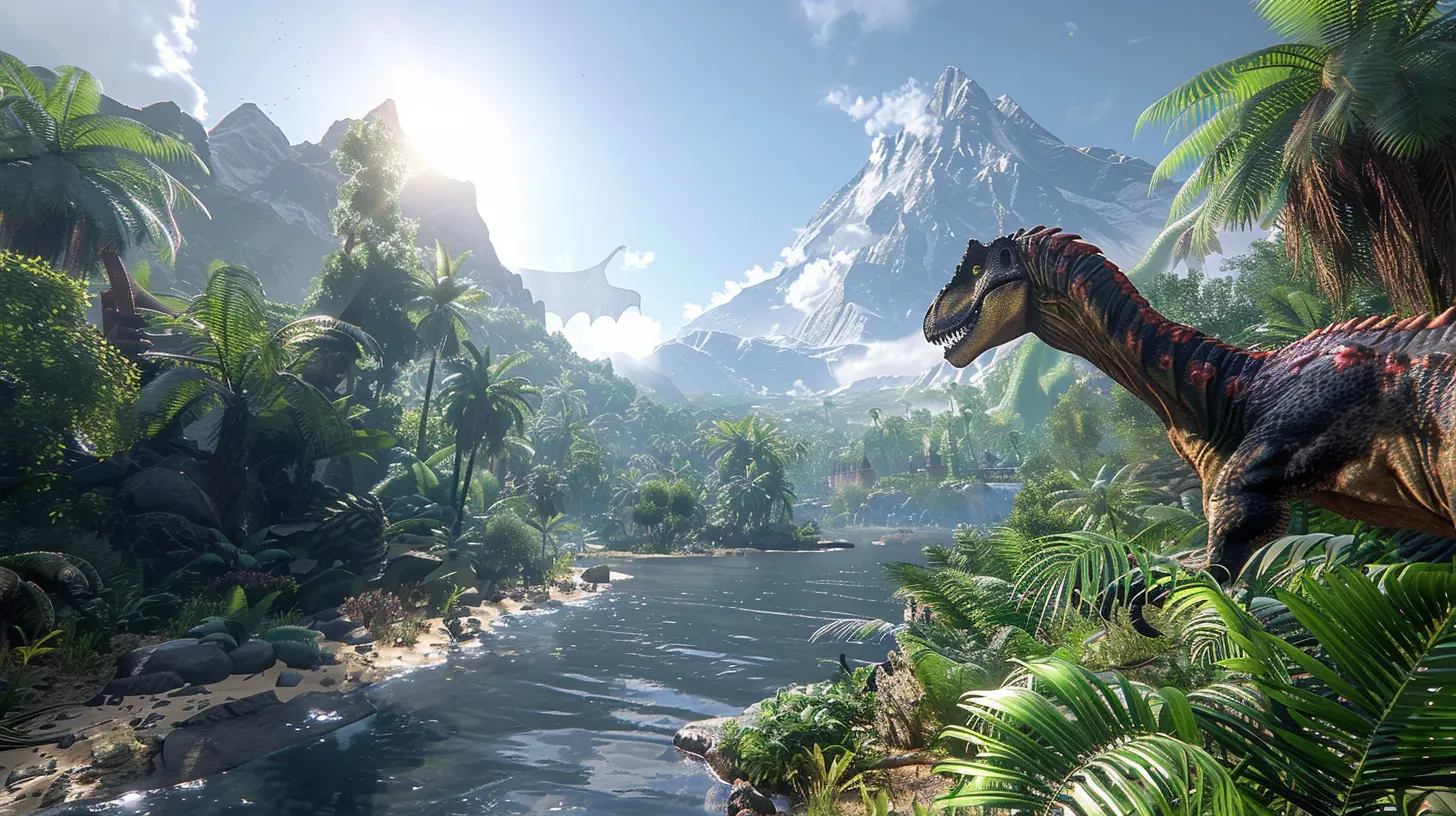
The Humble Beginnings: Pixels and Simplicity
Back in the late '70s and early '80s, PC gaming was... well, let’s just say it wasn’t exactly eye candy. Graphics were basic and functional at best. Think of games like Pong and Space Invaders. These were games where everything was made up of simple shapes—squares, rectangles, and the occasional dot. It was like finger painting compared to the digital masterpieces we see today.But you know what? For the time, it was groundbreaking. Nobody cared about super-detailed models or photorealistic lighting. Players were just thrilled to play. Graphics were about making the game understandable—enough to tell who the hero was and who the bad guys were. It wasn’t much, but it was a seed. And from that seed, the graphics we see today would eventually grow.
The Era of 8-Bit and 16-Bit Graphics
Fast forward to the '80s and early '90s, and things started to get a little fancier. Remember Prince of Persia? Or maybe classics like The Secret of Monkey Island? These games introduced slightly more detailed art, more colors, and smoother animations. The limitations of hardware back then meant developers had to be super creative.We started seeing the rise of sprites—think of them as 2D images that the game could move around on the screen. Games used these sprites to create characters, objects, and environments. Sure, it wasn’t “realistic” in the sense we think of today, but it had charm, didn’t it? Plus, it was a huge step forward from the blocky stuff that came before.
And let’s not forget the unmistakable art style. Part of the magic of these games was how they leaned into their limitations. Developers turned a lack of graphical power into something creative and memorable. I mean, who can forget the bright, colorful look of Super Mario Bros. or the grimy, pixelated vibe of DOOM? Each game from this era had a personality all its own.
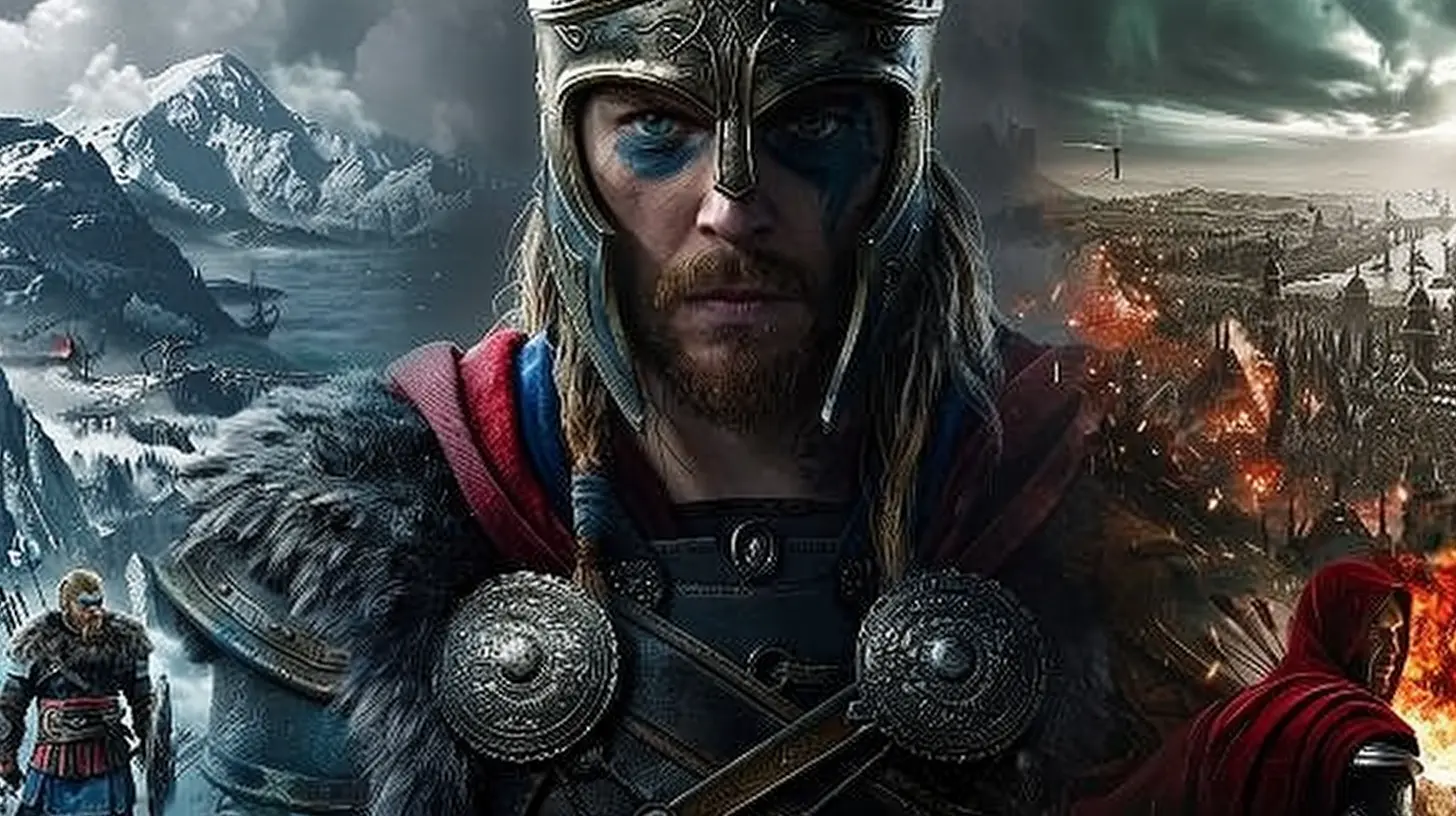
The Advent of 3D Graphics
Then came the mid-'90s, and everything changed. Enter the era of 3D graphics. Suddenly, games weren’t limited to a flat, 2D plane. Developers began experimenting with depth, perspective, and fully three-dimensional worlds. You could turn corners, climb stairs, and actually feel like you were inside the game world. Mind-blowing, right?Games like Quake and Tomb Raider were pioneers of this shift. Sure, by today’s standards, their 3D models look like stacks of jagged polygons glued together. But back then? It was revolutionary. For the first time, we could play as characters that actually looked human—or close enough, anyway.
This was also the time when dedicated GPUs (graphics processing units) started gaining traction. Companies like Nvidia began introducing hardware specifically designed to handle the complex calculations required for 3D graphics. It was like pouring rocket fuel on the gaming industry. Suddenly, developers had more tools at their disposal, and the race for better visuals began.
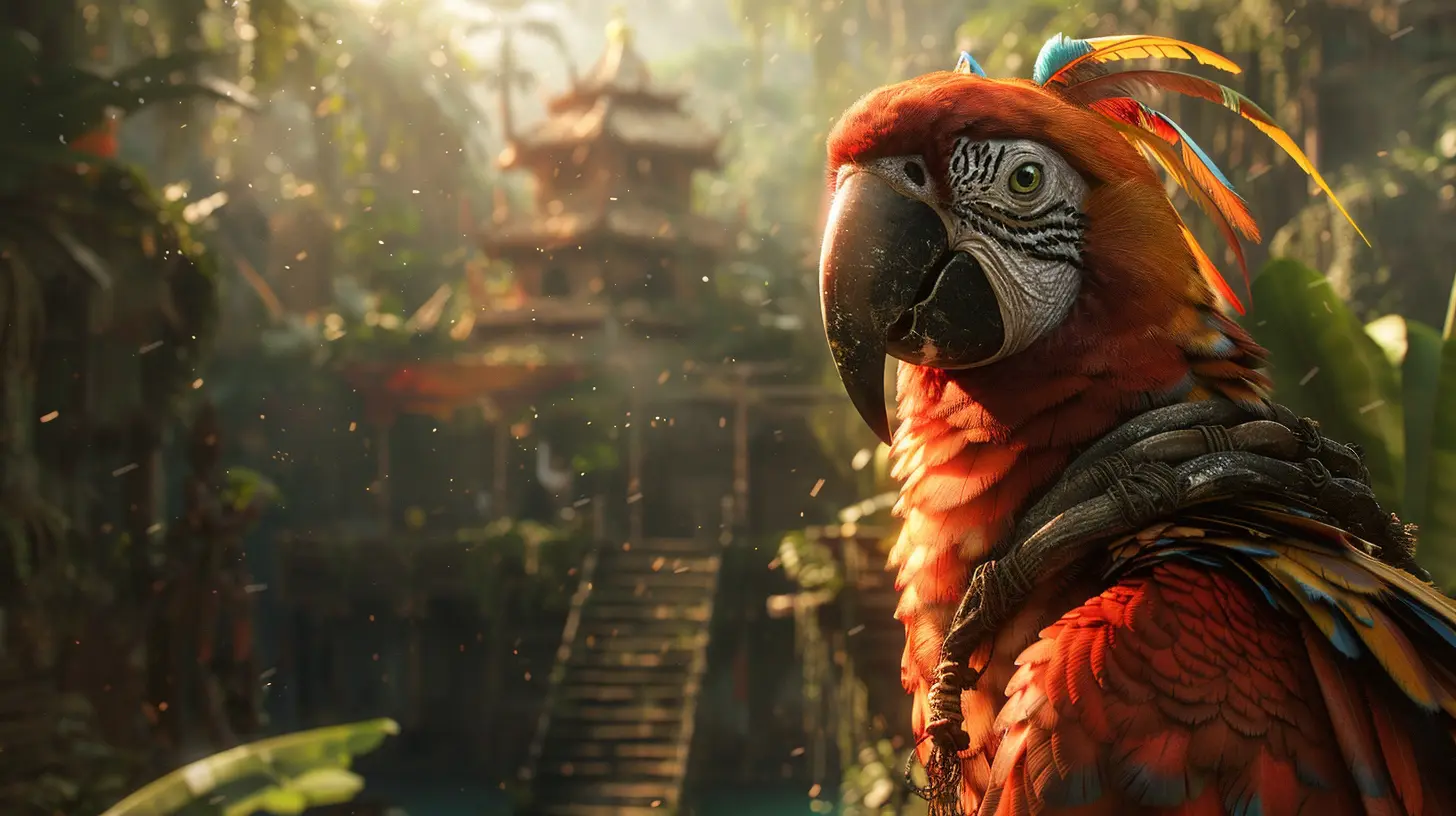
Realism Levels Up: High-Resolution Textures and Advanced Lighting
By the early 2000s, realism had become the new buzzword. Developers began pushing for graphics that didn’t just look good—they had to look real. High-resolution textures, advanced lighting techniques, and innovations like bump mapping were all the rage. Remember how jaw-dropping Half-Life 2 looked when it came out? The way the light hit objects, how characters’ faces showed subtle emotions… it was a game-changer.Physics engines also became a big deal during this time. Instead of pre-programmed animations, objects in games started reacting to your actions in a way that felt grounded. If you knocked over a barrel, it rolled realistically. If you fired an explosion, debris scattered in all directions. This added a whole new dimension to immersion. Games felt less like static environments and more like living, breathing worlds.
And let’s not forget modding communities. Games like Skyrim and The Sims gave players the tools to tweak graphics and add their own visual flair. It was proof of how much players cared about the look and feel of their favorite games.
The Rise of Cinematic Graphics
As the mid-2000s approached, the line between games and movies started to blur. Titles like Uncharted, Mass Effect, and Crysis delivered cinematic experiences that gave Hollywood a run for its money. Motion capture (or mocap, if you’re feeling fancy) became the norm. Developers began using real actors to record facial expressions and movement, which were then digitally rendered into the game.And let’s not ignore the importance of shaders. These nifty little bits of code allowed developers to mimic everything from shiny metal surfaces to realistic water. Ever noticed how games like The Witcher 3 make raindrops slide off Geralt's armor or how sunlight dances on waves? That’s shaders in action.
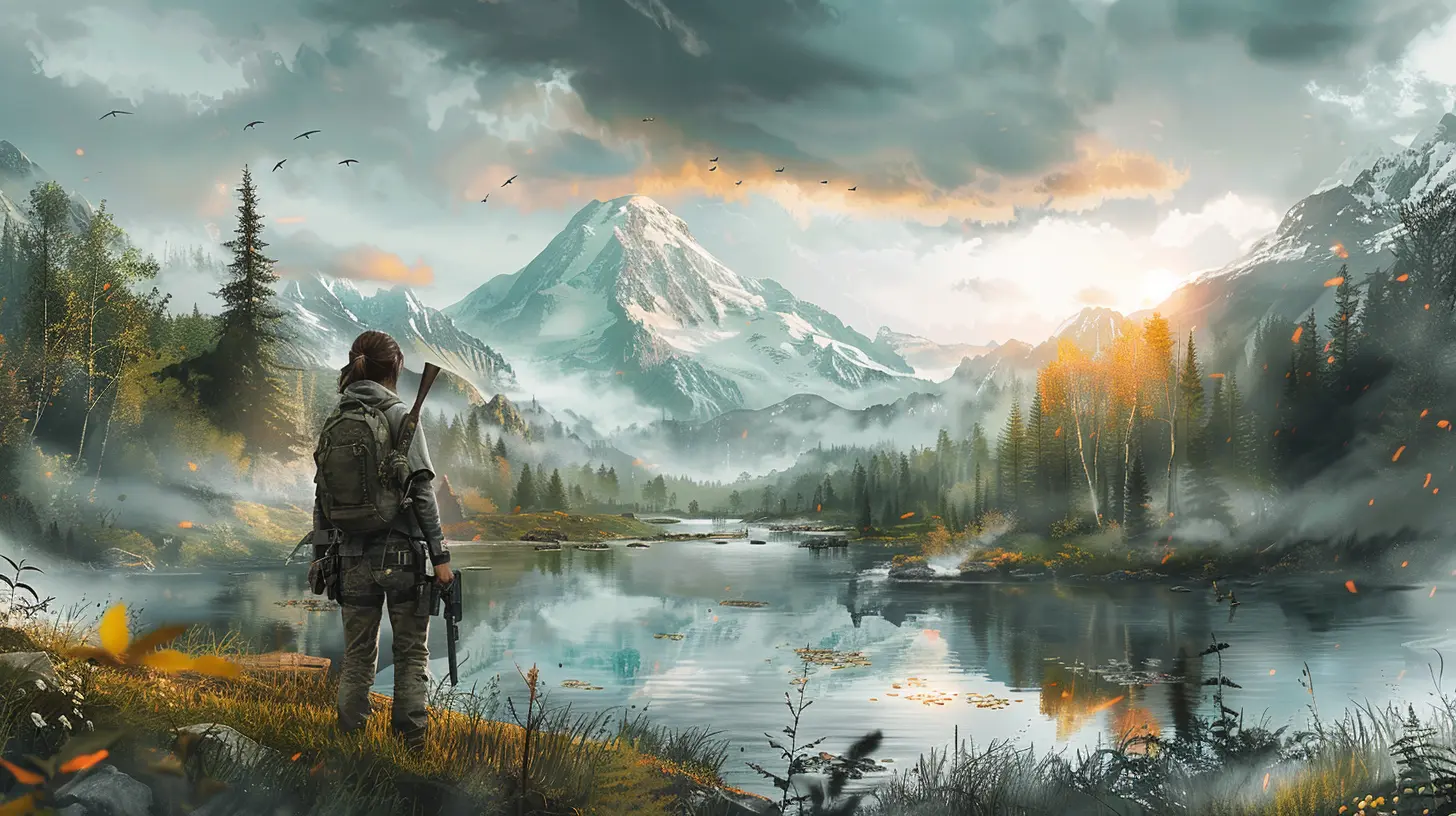
Modern-Day Masterpieces: Photorealism and Beyond
Now we’re living in a time when PC game graphics are nearly indistinguishable from real life. Games like Cyberpunk 2077, Red Dead Redemption 2, and Horizon Zero Dawn are so detailed that you can see individual strands of hair, pores on skin, and even reflections in puddles. It’s insane how far we’ve come.Ray tracing is the latest buzzword in the world of PC graphics. In simple terms, it’s a way for games to simulate how light behaves in the real world. The result? Shadows, reflections, and lighting effects that are almost indistinguishable from reality. Nvidia’s RTX series of GPUs has made ray tracing more accessible, and developers are running with it.
But here’s the thing—graphics aren’t just about realism anymore. Games like Hades or Zelda: Breath of the Wild show us that stylized art can be just as breathtaking as photorealism. It’s like choosing between a Van Gogh painting or a high-res photo of the Eiffel Tower—both are amazing, but in different ways.
What’s Next? The Future of PC Game Graphics
So, where do we go from here? One word: immersion. Virtual Reality (VR) is already changing the way we interact with games. But imagine combining VR with the graphical fidelity of something like The Last of Us Part II. Instead of just watching a game unfold, you could feel like you’re inside it.AI is also starting to play a bigger role in graphics. We’re seeing tools that can upscale old games, fill in missing details, and even generate landscapes and textures in real-time. It’s like having a digital artist on call 24/7.
And let’s not forget the impact of the ever-evolving hardware. Every year, GPUs get faster, CPUs get smarter, and storage gets bigger. With this constant progress, the ceiling for what’s possible in PC game graphics keeps rising.
Conclusion: A Beautiful Journey
Looking back, it’s incredible to see how far we’ve come. From simple pixels to photorealistic masterpieces, the evolution of graphics in PC games is a testament to human creativity and technological innovation. But the real magic? It’s not just about how good games look—it’s about how they make us feel. Whether it’s the nostalgic charm of an 8-bit classic or the jaw-dropping beauty of a modern AAA title, graphics bring games to life in ways that words can’t describe.And the best part? The journey isn’t over. The next breakthrough is just around the corner. So, next time you fire up your favorite game, take a moment to appreciate just how far we’ve come—and dream about where we’re going next.
all images in this post were generated using AI tools
Category:
Pc GamesAuthor:

Emery Larsen
Discussion
rate this article
2 comments
Opal Simon
It's incredible to see how graphics have transformed, enhancing our emotional connections and immersive experiences in gaming.
June 22, 2025 at 4:48 PM

Emery Larsen
Thank you! The evolution of graphics has truly revolutionized gaming, allowing for deeper emotional engagement and richer worlds.
Zevros Middleton
It's fascinating to see how far graphics in PC games have come! Each leap in technology not only enhances our gaming experience but also reflects the creativity and hard work of developers. Excited to see where this evolution will take us next!
June 21, 2025 at 3:33 PM

Emery Larsen
Thank you! It's exciting to witness this evolution, and I share your enthusiasm for the future of gaming graphics and creativity.
